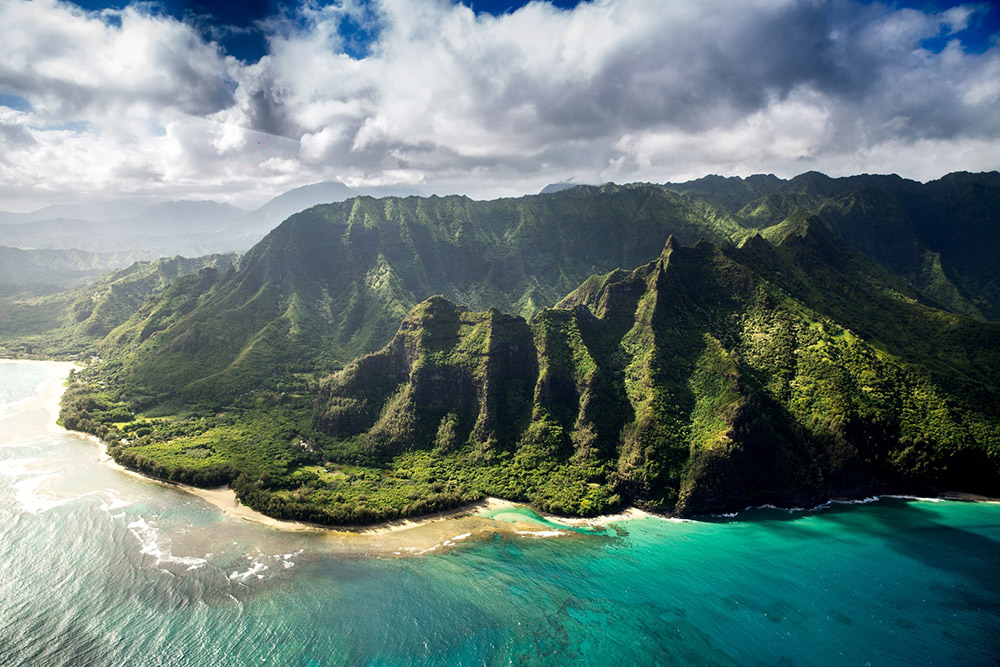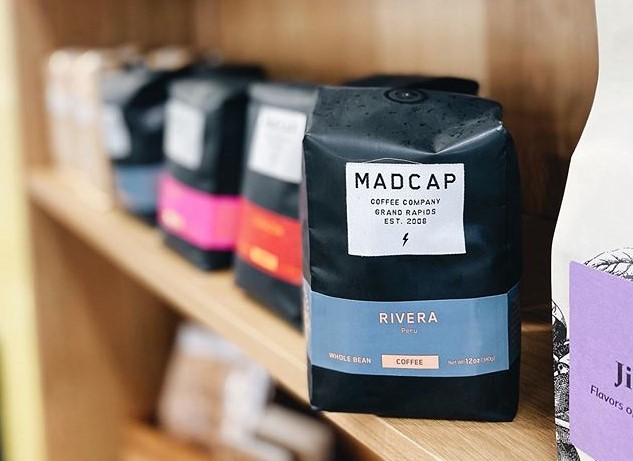With the rise of the internet and social media, American society has become increasingly aware of where their products are made and food is grown. This has led to a push for buying local or at least American-produced products.
While it’s certainly a great idea to support local business, particularly in these troubled times, there are some things that are imported for a reason. Coffee is one of those things.
Virtually all coffee is grown in what’s known as The Coffee Belt (or The Bean Belt), a stretch of the globe falling between the Tropic of Cancer and the Tropic of Capricorn. This area is perfectly suited to grow healthy, flavorful coffee cherries.
For those who are fuzzy on their geography, mainland USA does not fall in this region.
Coffee is a very sensitive crop. If it gets too cold, it dies quickly. Even America’s hottest locales are known to see an occasional snow flurry or two. Coffee plants also require a lot of rain. Brazil, the largest exporter of coffee, receives anywhere from 40-60 inches of rain per year, with some areas receiving as much as 90 inches. By comparison, California receives anywhere from 10-35 inches, depending on the territory.
That being said, there is one state in the U.S. that barely falls into The Coffee Belt.
Hawaii – USA’s Coffee Hotspot
Coffee has been planted on various Hawaiian Islands as far back as 1813. Though this was technically before Hawaii became a state, their coffee market has continued to grow since they joined the Union. Today, Hawaiian coffee is known and respected across the world.

The most popular type of Hawaiian coffee is Kona coffee, which is grown on the slopes of volcanos in the Kona Districts of Hawaii. True Kona coffee is among the most expensive types of coffee in the world. It features a medium body with a smooth, creamy and clean taste.
Due to the price, many Kona-branded roasts are blends that may contain as little as 10% Kona coffee. Last year, a group of Kona coffee farmers actually filed a lawsuit against a number of US retailers and roasters who were exaggerating (or in some cases, outright lying) about the contents of their Kona roasts. Targets of the lawsuit included Walmart, Amazon, Costco and even Minnesota’s own Cameron’s Coffee.
If you’re purchasing any type of Kona roast, make sure to check what percentage of it actually comes from the Kona region. If it costs as much as a traditional cup of coffee, it’s likely a blend.
A Great American Experiment
In the past decade, a few coffee enthusiasts and scientific experts set out to see if they could successfully grow coffee in California. While the state has a fair amount of healthy farmland, it lacks the aforementioned consistency of temperature and precipitation typically found in coffee environments. Compounding the issue is California’s ongoing drought problem.
And of course, it’s more expensive to employ farmers in the U.S. than it is in foreign countries.
The inevitable solution is to charge more, which is exactly what California coffee growers have been doing. Some California coffee beans can cost as much as $60 per pound, with a single cup selling for $18. While California can’t leverage the rich history of volcano-grown Kona coffee, it can offer something else: a convenient way to see behind the curtain of coffee production. As enthusiasm for quality coffee continues to grow, California can provide the opportunity for people to see exactly how coffee is made without having to cross borders, oceans or both.
It certainly has potential. After all, the Napa Valley generates billions of dollars in tourism from wine enthusiasts every year. As for the premium price for a cup of coffee, it’s not so different from the booming craft beer market, where people will regularly spend $10-15 for a specialty brew. While the market for California coffee is still young, it appears to be off to a surprisingly good start.
Though it’s unlikely we’ll see U.S.-grown coffee make a noticeable dent in the global coffee market, it’s still an impressive achievement and something of which American coffee lovers can be proud .
Supporting Your Local Coffee Scene

Though you might not be able to justify paying $18 for a cup of coffee or traveling to California to see U.S. coffee farms in action, you can still support local business and a sustainable coffee economy by visiting a local third-wave coffee shop. At 7 Corners Coffee, we only serve coffee from ethical roasters whose coffee can be traced back to the communities and farms where it was grown.
We’re certainly open to someday serving coffee made with beans grown in the U.S. In the meantime, we’re currently offering some amazing roasts from Madcap Coffee. And as always, we have Dogwood Coffee on hand for our batch brew.
Stop by our coffee shop in Minneapolis today!

